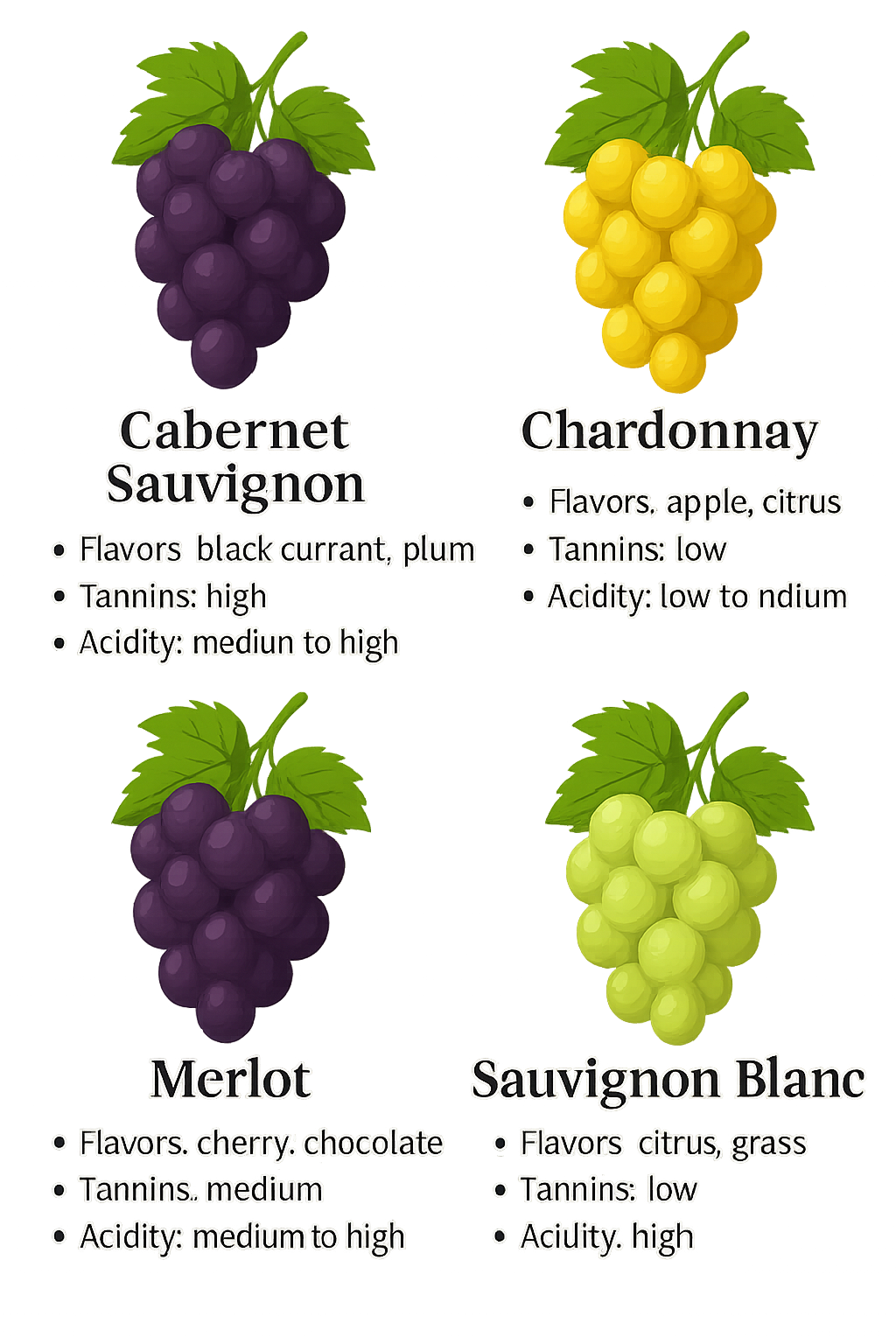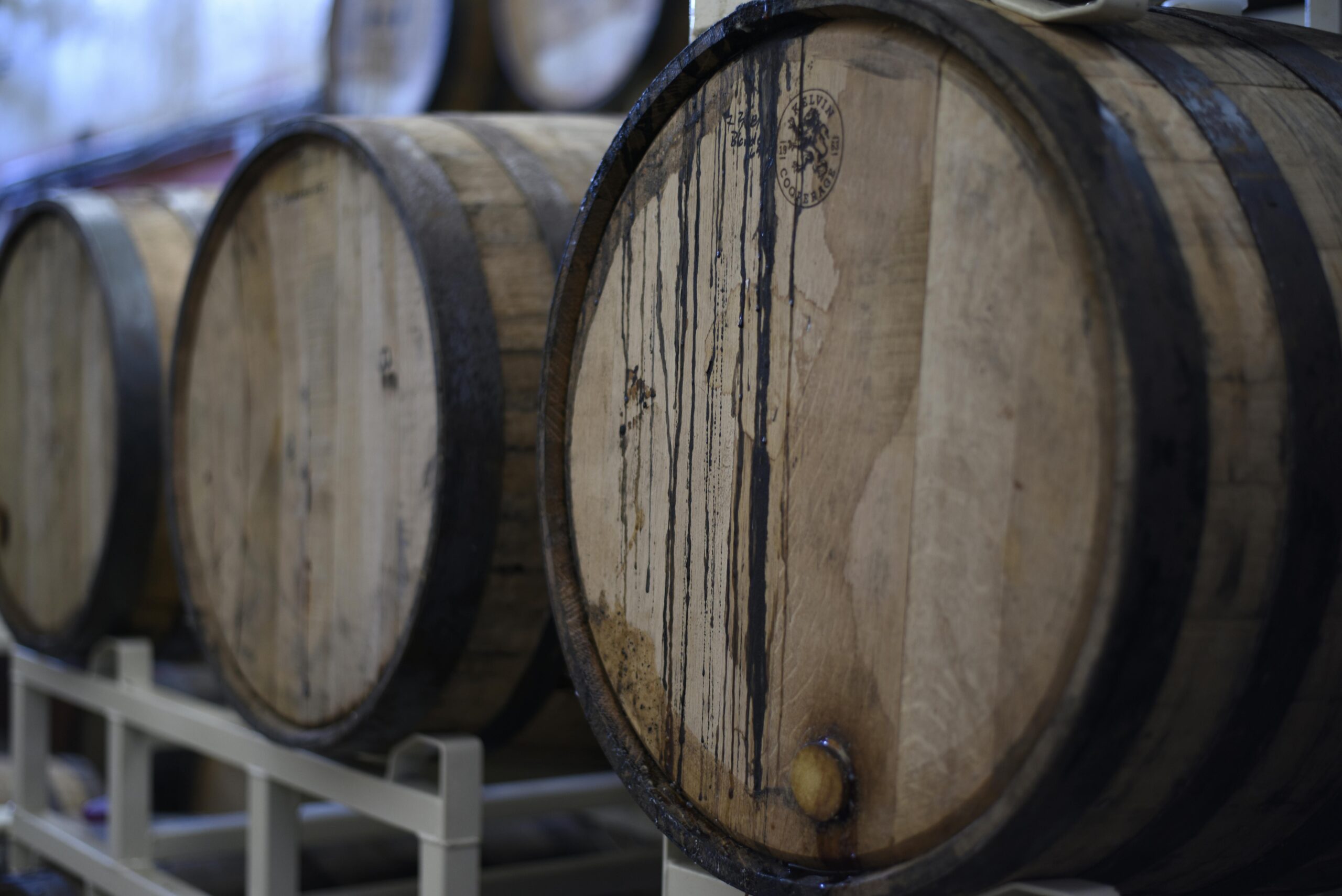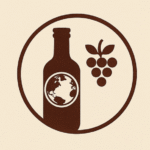American Wines

Regions
American wines are oaky, bold, and bodaceous.
Napa Valley is a mosaic of microclimates, each shaping the wines in unique ways. In the north, Calistoga delivers bold, sun-drenched reds, while St. Helena offers rich, fruit-forward wines. Rutherford is renowned for its earthy “Rutherford Dust” Cabernets, and Oakville crafts plush, age-worthy varietals. Cooler Yountville favors smooth, elegant reds, while Stags Leap District strikes a balance of power and finesse. High-elevation Atlas Peak produces intense, structured wines with mountain character. Together, these regions make Napa a world-class wine destination, diverse in both flavor and experience.

Varietals
Napa Valley is known for Bordeaux varietals – Cabernet Sauvignon, Merlot, Pinot Noir, and Syrah
Reds:
Cabernet Sauvignon – The king of Napa: bold, structured, and age-worth
Merlot – Softer and rounder than Cab, with plum and chocolate notes.
Zinfandel – Rich, spicy, and jammy, often with higher alcohol content.
Whites:
Chardonnay – Ranges from oaky and buttery to crisp and mineral-driven.
Sauvignon Blanc – Zesty, citrusy, and fresh, often with tropical notes.

History
Napa Valley’s journey to becoming one of the world’s premier wine regions began in the mid-1800s, when early settlers like George C. Yount planted the first grapevines. By the late 19th century, pioneers such as Charles Krug and Beringer were laying the foundation for the valley’s wine industry. Though Prohibition and phylloxera nearly wiped out production, Napa rebounded in the mid-20th century. The region’s global reputation was solidified with the 1976 “Judgment of Paris,” where Napa wines beat top French competitors in a blind tasting. Today, Napa Valley stands as a symbol of American winemaking excellence, blending tradition with innovation across its renowned appellations.
